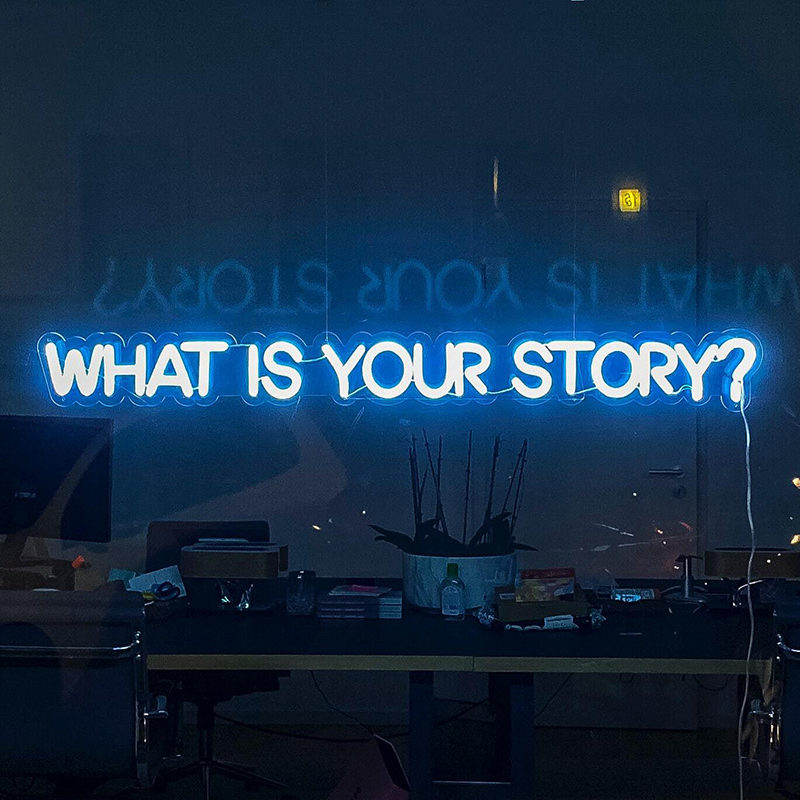There’s no argument, the world of communication is changing rapidly. Long gone are the days when the whole family was together in front of the television, patiently waiting for the 7 o’clock news. Today, we are each in front of our own individual screens at different times and television is hardly watched anymore. Primetime commercials have therefore lost their value and advertisers have to be creative to reach their target audience where they really are.
The Internet has certainly revolutionised this. Currently, the “Creator Economy” is rethinking the way we consume content, because anyone can be a creator.
What is the “Creator Economy”?
Maybe the term doesn’t mean anything to you, even if you are confronted with it every day!
The Creator Economy is made up of all the people who create daily content and build legitimacy on specific topics by sharing information – their knowledge – through various means: Instagram, Twitch, TikTok, YouTube, and many others. And it is usually passion that drives these content creators, making it truly sharp and authentic. A great example is Vanslife, a beautiful video made by a small, passionate and creative team.
We suggest you discover this little masterpiece of ‘slow content’ (just like magazines, podcasts, long reads, for which you have to take your time) which will surely make you want to discover the world as much as we do. The icing on the cake is that it’s people like you and us who are at the helm of such a project and not some Hollywood super-production. They were clever and creative enough and had the support of Michelin and Chapka as co-producers. Not bad, huh?
Generating income through the Creator Economy
You don’t have to go as far as creating a feature film like Vanslife to create content. The proof is in the pudding: all the “snacking videos” you can find everywhere! They represent the opposite of slow content, i.e. all the short videos created on social media to be consumed fast and which become quickly obsolete because they are drowned in our news feeds.
Of the 50 million “creators” who exist online today, about 2 million are professionals (source: Signal Fire). The remaining 48 million are amateurs/small-time enthusiasts. Today, it is possible to earn money from your content and some people can even make a living from it.
There is no need to go too fast, either. One of the main rules is to develop a committed and therefore sustainable community. This is the theory of Kevin Kelly (editor of Wired) who predicted in 2008 the arrival of the “Creator Economy”. Kelly hypothesised that content creators would only need “1,000 real fans” to unlock comfortable profits and engaged fan bases. He knew that the internet would cut out the middleman and allow creators to generate relationships with the public without having to pay third parties.
Social networks, therefore, allow for increased visibility, but you have to be able to use them intelligently to acquire and retain an audience.













